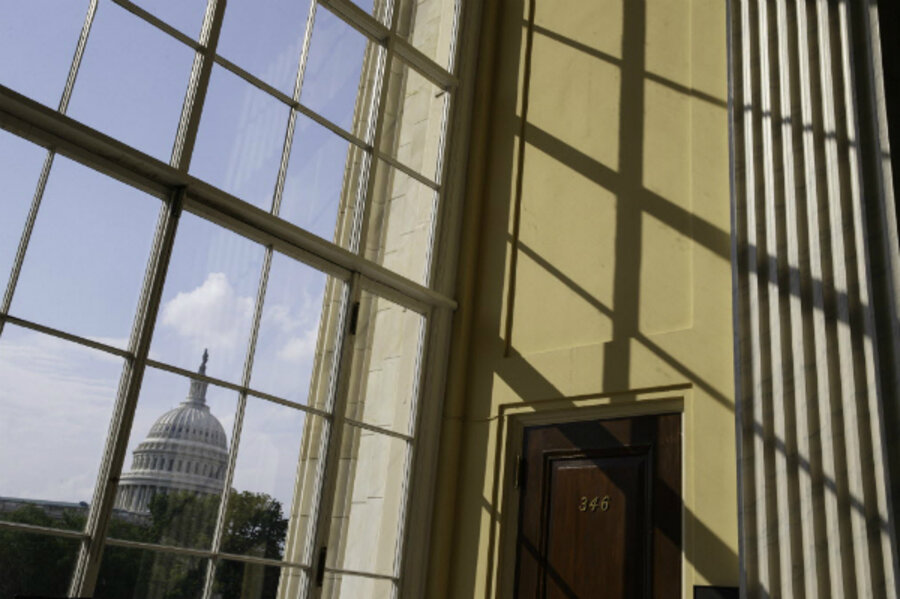Political independents rarer than many think, poll suggests
Loading...
| WASHINGTON
Americans love to grouse about politics in general and political parties in particular. But a new Associated Press-GfK poll reveals the complexities behind many claims of independence: The vast majority of US voters, when pushed, line up with either Democrats or Republicans. Truly unaffiliated citizens are rare.
As a matter of personal identity 32 percent of Americans describe themselves as Democratic, according to the AP survey. Twenty-six percent say they are Republican. Twenty-one percent say they are independent from both parties.
But when self-described independents are asked an additional question – whether they lean one way or the other – a further slice of them peels off toward partisanship. Including these leaners, 43 percent of US voters are Democrats, and 34 percent are Republicans. That’s a total of 77 percent of the nation. Only seven percent describe themselves as truly independent of either party. (The rest simply answer “none of the above” when given those choices.)
This does not mean voters are enthusiastic about their party choice. Nor does it mean they automatically support Democratic or Republican policies – although in many cases, they do.
Their party, rather, is an aspect of personal identity. Some like Republican, or Democratic, candidates. Others simply say they’ve been Democratic, or Republican, for as long as they can remember. For a small slice of Americans, it’s about anger: 13 percent of Republicans say they picked their side because they dislike Democrats more than anything else, according to the survey. Sixteen percent of Democrats say they line up on the left due to dislike of Republicans.
The bottom line here is that the trend toward increasingly polarized US politics may be a stronger tidal pull than the desire to stand apart from the parties. As Dan Balz, chief correspondent of The Washington Post, points out in a recent piece, almost 90 percent of voters now vote straight party tickets. Very, very few will jump back and forth and cast voters for Democrats and Republicans on the same ballot.
“The percentage of true independents may be only about 10 percent of the electorate,” Mr. Balz writes.
Furthermore, those at the middle between the parties may be the least-informed of voters – not highly knowledgeable citizens who pick and choose their votes on pure reason. Balz cites data showing that those in the middle are less active politically, and less publicly engaged overall, than those on the left or right.








